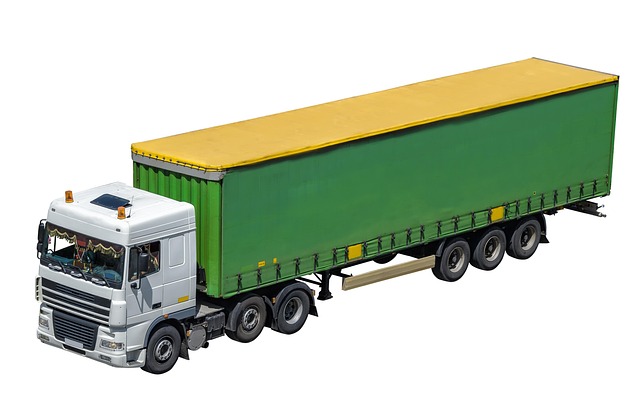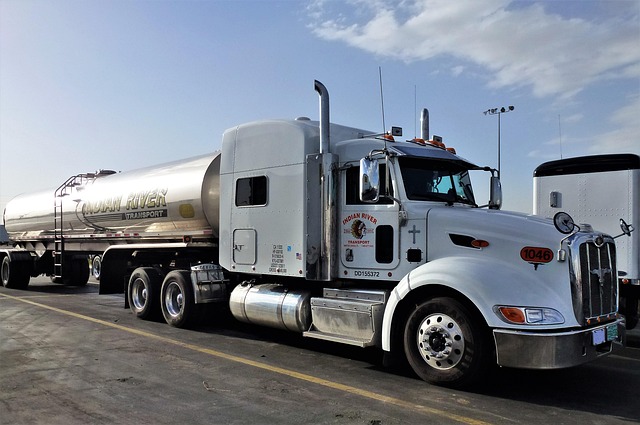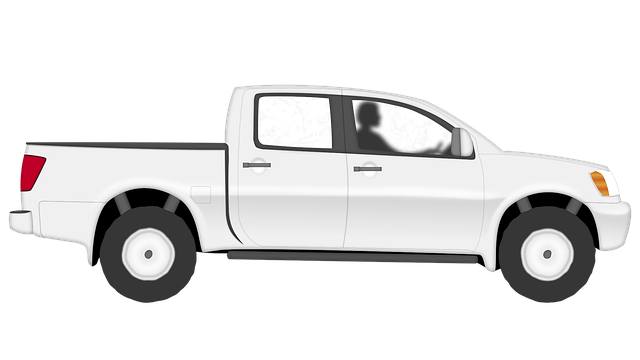Fleet managers face significant challenges from wear and tear caused by mileage, environmental factors, age, and poor maintenance. Proactive strategies like regular inspections, service schedules, quality fluids, and correct tire pressure mitigate these issues. Defensive driver training and advanced safety features enhance protection against accident-related wear, often covered under collision coverage for fleets. Understanding collision coverage terms ensures businesses manage unexpected costs effectively. Distinguishing normal wear from covered physical damage optimizes insurance policies. Effective fleet maintenance, including regular inspections and proactive service, minimizes wear, manages claims, and keeps vehicles in top condition, while collision coverage offers peace of mind and streamlines the claims process.
In the dynamic landscape of fleet management, understanding the nuanced difference between wear and tear and covered physical damage is paramount. This comprehensive guide addresses critical aspects of fleet maintenance, focusing on collision coverage for fleets. We explore common causes and preventive strategies for wear and tear, dissecting what’s included in collision coverage. By distinguishing normal wear from insurable events, this article offers best practices for effective fleet maintenance and claims management, ensuring your assets remain operationally sound.
Understanding Wear and Tear: Common Causes and Prevention Strategies

Wear and tear is a natural part of vehicle ownership, but it can be a significant concern for fleet managers. This process refers to the gradual deterioration of a vehicle’s components due to regular use, age, and environmental factors. Common causes include excessive mileage, harsh driving conditions, exposure to extreme temperatures, and inadequate maintenance. To mitigate these issues, fleet managers should implement robust prevention strategies. Regular vehicle inspections, adhering to recommended service schedules, using high-quality fluids, and ensuring proper tire pressure can significantly reduce wear and tear.
Additionally, training drivers on defensive and cautious driving techniques can help prevent accidents and subsequent physical damage, which are often covered under collision coverage for fleets. Equipping vehicles with advanced safety features like anti-lock braking systems (ABS), electronic stability control (ESC), and backup cameras further enhances protection against wear and tear related to accidents. By combining proactive maintenance and driver education, fleet managers can optimize vehicle lifespan, reduce operational costs, and enhance overall efficiency.
Navigating Collision Coverage for Fleets: What is Included?

When it comes to managing a fleet of vehicles, understanding collision coverage is paramount. Collision coverage for fleets typically covers physical damage resulting from accidents, including repairs or replacement of damaged vehicles. However, not all wear and tear is included; policies usually exclude regular maintenance and upkeep.
Navigating these details is crucial as it ensures that unexpected costs associated with collisions are covered while preventing unnecessary expenses for routine vehicle care. Understanding the specific terms and conditions of collision coverage for fleets is essential to make informed decisions and protect your business from financial surprises down the line.
Distinguishing Between Normal Wear and Covered Physical Damage

Distinguishing between normal wear and covered physical damage is crucial, especially for fleet managers looking to optimize their insurance policies. Normal wear refers to gradual deterioration that occurs over time due to everyday use. This can include items like a mild scratch on a vehicle’s paint or a slightly worn-out tire tread. Such instances are generally not considered significant enough to warrant a claim under collision coverage for fleets, as they are part of the natural aging process.
In contrast, covered physical damage involves sudden and unexpected incidents that result in substantial harm. This could be a fender bender, a hit from a falling object, or a crash into another vehicle or stationary object. These types of damages often leave visible marks like dents, cracks, or extensive scratches and are typically covered by collision coverage policies for fleets, ensuring that repairs are met without significant out-of-pocket expenses for the fleet operator.
Best Practices for Effective Fleet Maintenance and Claims Management

Effective fleet maintenance is crucial for minimizing wear and tear and managing physical damage claims. A robust maintenance program should include regular inspections, proactive service schedules, and clear documentation. By addressing issues early, fleet managers can prevent minor problems from escalating into costly repairs. Implementing a structured maintenance routine, such as scheduled oil changes, tire rotations, and brake checks, ensures vehicles remain in optimal condition.
For claims management, having comprehensive collision coverage for fleets is essential. This insurance protects against unexpected physical damage, offering peace of mind during unforeseen events. Efficient claims processing involves prompt reporting, thorough documentation of damage, and collaboration with trusted repair facilities. Streamlining the claims process reduces downtime and associated costs, enabling faster vehicle recovery and enhanced operational efficiency.
In conclusion, effectively managing wear and tear versus covered physical damage is vital for fleet operations. By understanding common causes and implementing preventive strategies, organizations can minimize non-collision related incidents. Navigating collision coverage for fleets requires a keen distinction between normal wear and actual physical damage. Adopting best practices in maintenance and claims management further ensures that fleets remain operationally ready while optimizing costs. Armed with this knowledge, fleet managers can efficiently utilize their collision coverage, promoting safety and efficiency on the road.
